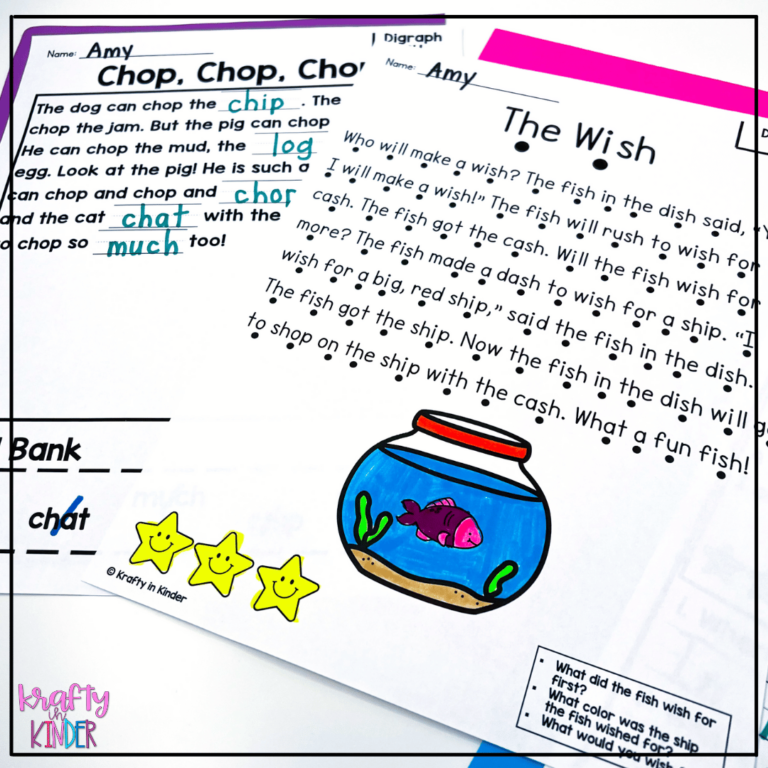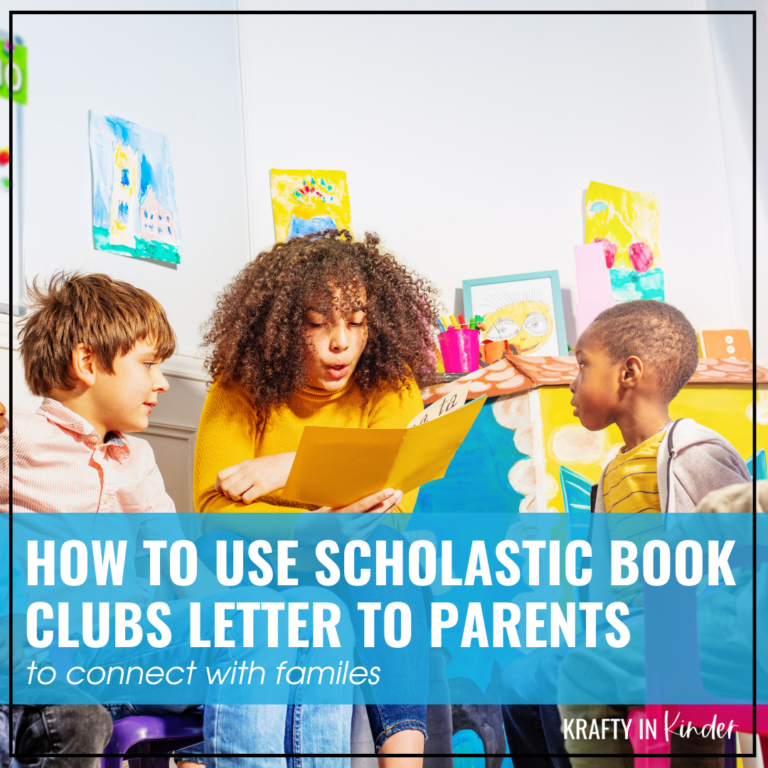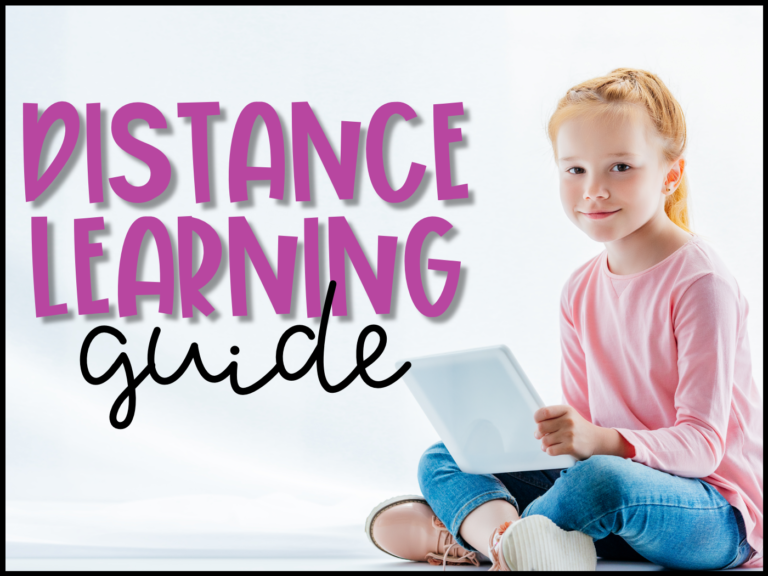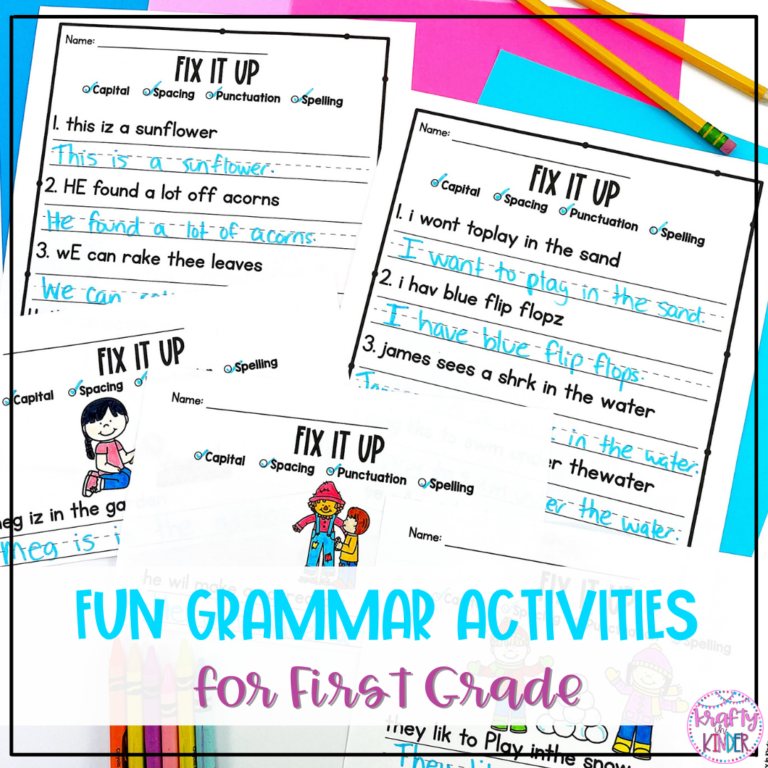Differentiation in the Classroom Using Boom Cards
Boom cards are a game-changing tool for differentiation in the classroom. These digital, interactive task cards not only engage young learners but also allow teachers to monitor student progress and provide personalized learning experiences easily.
In this blog post, we will explore how to use boom cards effectively to support differentiated instruction in your classroom.
Understanding Students Needs For Differentiation in the Classroom

To begin with, it’s essential to have a clear understanding of your student’s individual learning needs and preferences. Group your students based on their current skill levels, learning styles, or interests.
This will help you select targeted boom card activities that cater to each group’s specific needs.
For example, you can find boom cards that focus on phonics for students struggling with letter recognition while offering more advanced reading comprehension tasks for higher-level learners.
Selecting Boom Card Activities for Differentiation
Once you have grouped your students, it’s time to create or find appropriate boom card activities for each group.
There are numerous pre-made boom cards available online, either in the Boom Learning Marketplace or on Teachers Pay Teachers, covering various topics and skills. I have tons of Boom Cards in my Teachers Pay Teachers shop you can check out as well!
You can customize these resources to suit your students’ needs better or even create your own from scratch using the Boom Learning platform.
Assigning Boom Cards for Classroom Differentiation
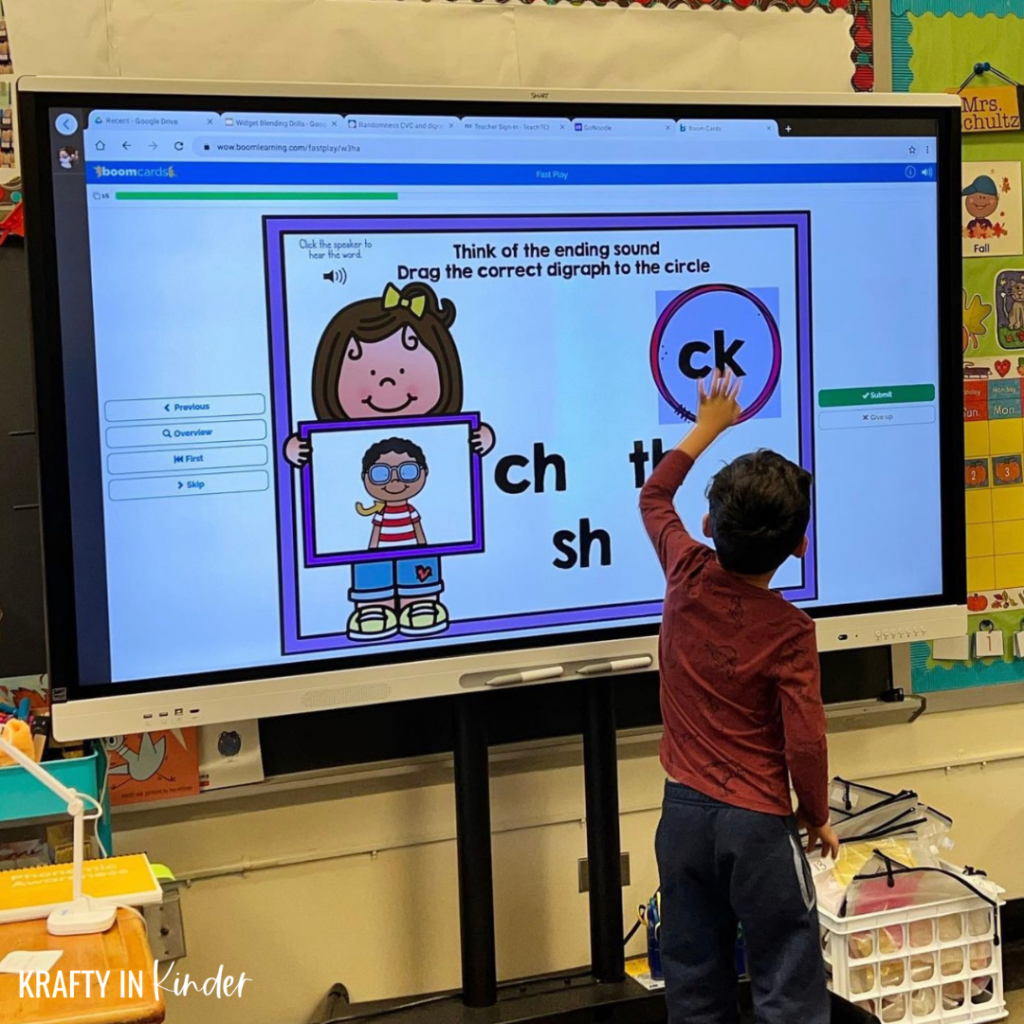
When assigning boom card activities, consider offering a choice board or menu, allowing students to select the tasks they find most interesting or enjoyable. This empowers them to take ownership of their learning and promotes engagement.
You can learn about the different ways to assign Boom Cards with both paid and free memberships in this blog post.
As your students work through the boom card activities, the platform automatically collects data on their progress if you have a paid membership on Boom Learning.
This valuable information enables you to identify areas where students may need additional support or challenges and adjust your instruction accordingly.
Boom cards offer a versatile and effective means of differentiating instruction in kindergarten and first-grade classrooms. By understanding your students’ unique needs, selecting appropriate activities, and monitoring progress, you can create a dynamic, engaging, and personalized learning environment that fosters growth and success.
Save This Post
Pin this post on Pinterest to keep these ideas in mind for differentiating your instruction!


